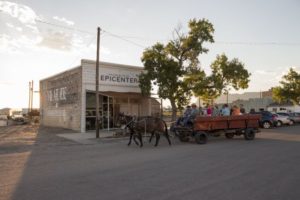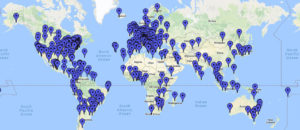The National Endowment of the Arts, arguably the most misunderstood and beleaguered doing-good office of the federal gov’t (excluding the NEH, EPA, Consumer Financial Bureau, Civil Rights Division of the Justice Dept., and a few others) has issued its 2017 funding report, highlighting that its monies (monies from we US taxpayers) flow to communities in all […]
Whatever happened to International Jazz Day?
April 30 — yesterday — was celebrated as the sixth annual International Jazz Day with a global webcast from Havana, hosted by Will Smith, headlined by pianist Herbie Hancock and including a couple of dozen top notch musicians from the U.S., Russia, Cameroon, France and Korea as well as Cuba. Did you know? Advance publicity and […]


